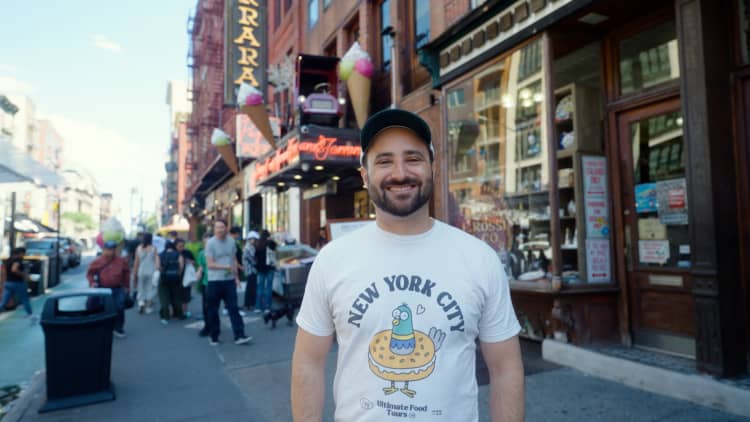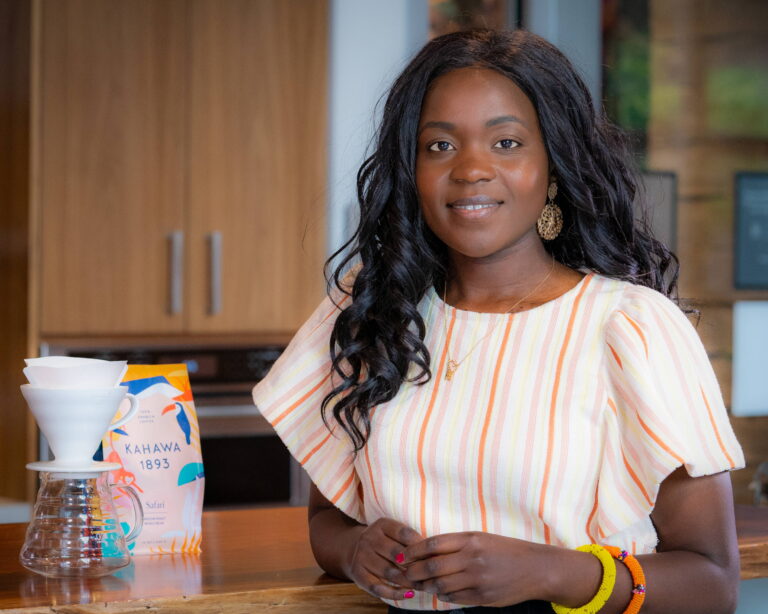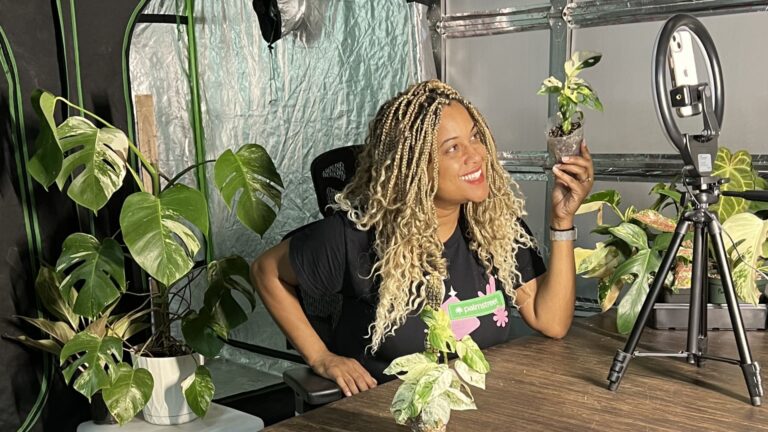How Getting Laid Off from Meta Led to a $145K Food Tour Business: A Case Study in Turning a Crisis into Cash
Discover how a laid-off Meta employee turned his love for food and history into a $145K-a-year business. Learn the step-by-step approach to turning a personal setback into a lucrative venture with insights on resilience, business strategy, and scaling.
Key Takeaways
- Scott Goodfriend turned a layoff from Meta into a six-figure business by monetizing his passion.
- He built a business model combining food, history, and experience, offering six food tours and three cooking classes.
- His success came from taking calculated risks, leveraging existing platforms like Airbnb Experiences, and creating high-value partnerships with local vendors.
Introduction: How Losing a Tech Job Turned Into a Six-Figure Win
Let me tell you this upfront: getting laid off can either break you, or it can make you. If you’re smart, hungry, and willing to take action, that crisis can turn into the biggest opportunity of your life. This is exactly what happened to Scott Goodfriend, a former Meta employee who took a layoff and turned it into a food tour business that brings in $145,000 a year. If you’ve been hit by a job loss or feel stuck in your current situation, keep reading. Scott’s journey is packed with lessons, strategies, and actionable steps you can use to turn your setback into a six-figure success story.
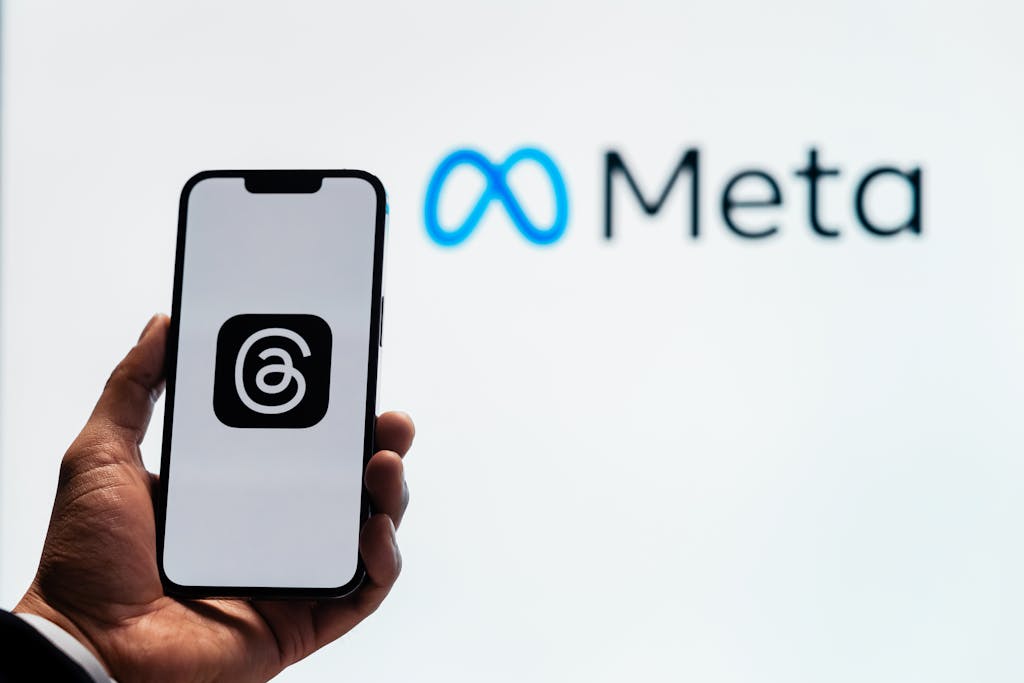
Laid Off from Meta: The Moment Everything Changed
“I Thought I’d Made It”
Scott Goodfriend was living the dream—or so he thought. He had a cushy job at Meta, was making good money (we’re talking mid-six figures), and believed he had found his career path. But as with many people in tech, things can shift quickly. When Meta’s layoffs came, Scott found himself on the chopping block. In an industry as volatile as tech, security can disappear in an instant.
Scott’s initial reaction was shock. “When I got laid off, I felt blindsided,” he admits. “I was in this mindset that I’d finally made it in my career, only to have the rug pulled out from under me.” Sound familiar? You think you’re safe because of the paycheck, but in reality, someone else controls your livelihood.
From Shock to Strategy: The First Step to Recovery
Why Most People Stay Stuck
Most people sit in that moment of shock. They stay stuck in the panic, in the anxiety, asking, What now? And that’s when most people fail to take action. They let that fear cripple them, and as a result, they never pivot. Scott, however, chose a different path.
Instead of applying for another tech job and repeating the cycle, Scott thought to himself: What do I really want to do? The answer was clear—he loved food and he loved New York City’s history. He had been doing informal food tours for friends and family for years. “It just hit me one day: why not turn my passion into a business?” he recalls.
Turning Passion into Profit: The Birth of Ultimate Food Tours
The Power of Starting Small
Most people think they need some elaborate business plan, tons of capital, and everything lined up perfectly before they launch a business. Let me tell you: that’s a lie. Scott didn’t start with an office, employees, or investors. He started with a passion and a phone. “At first, I wasn’t even charging. I was just showing friends around New York and taking them to my favorite spots.”
This is where so many people get it wrong. They wait. They overthink. They doubt themselves into inaction. Scott did the opposite. He started small. He didn’t wait for a grand business plan. He just took action. The reality is that you don’t need to know everything before you start. You just need to start.
From Free Tours to Paid Experiences: Monetizing Your Skill
Using Airbnb Experiences to Test the Market
Here’s where Scott took a calculated risk that paid off big time. After seeing positive reactions from friends, Scott decided to list his food tours on Airbnb Experiences. “I figured, why not? If someone’s willing to pay $50 for a tour, I’m already doing it for free.” This was Scott’s way of testing the waters. Instead of dumping a ton of money into marketing, he leveraged an existing platform with built-in traffic.
This is lesson number one: leverage platforms that already have customers. Whether it’s Airbnb, Etsy, or Amazon, you don’t need to reinvent the wheel to start selling. Go where the customers are and see if they bite.
Within days, Scott got his first booking—a solo traveler from Florida. That one booking turned into another, and soon Scott had a steady stream of paying customers. “I was charging $50 per person, and I realized people were willing to pay more for a well-curated experience.”
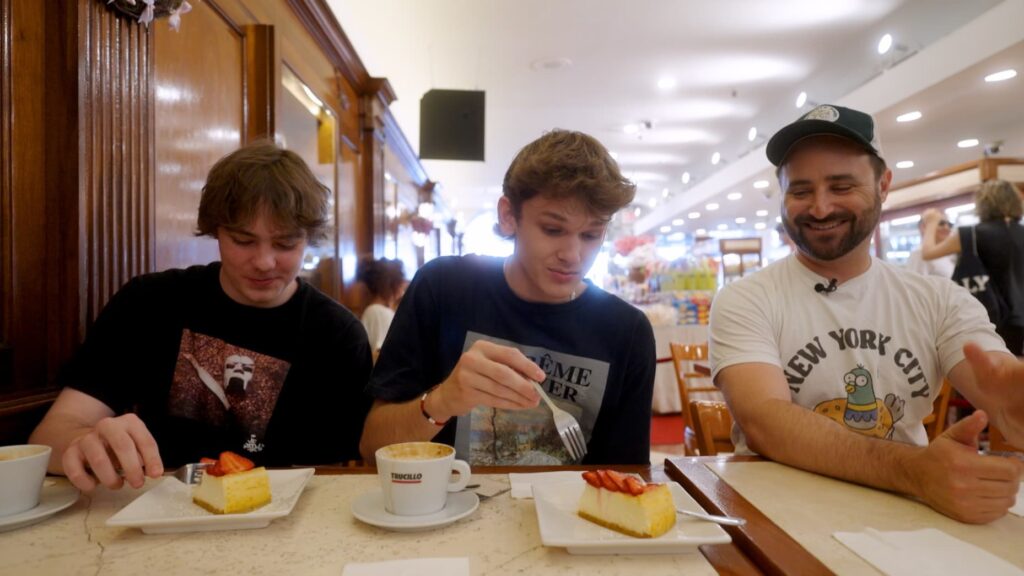
Scaling the Side Hustle: From One-Man Show to Business Owner
The First Hire
The next phase was scaling. This is where most people get scared, but Scott wasn’t about to stay small. Once he saw there was a demand for his food tours, he started hiring part-time tour guides. “I was still working in tech at this point, so I needed help to keep up with the bookings.”
Hiring that first person is always tough. You have to let go of some control. But the truth is, if you don’t hire, you’ll stay small. You’ll be capped by your own time. Scott knew that if he wanted to scale Ultimate Food Tours, he needed help. And help he got. He brought on his first employee, trained them in his methods, and gradually started building a team.
Takeaway two: Don’t be afraid to delegate. Yes, it’s uncomfortable. Yes, it costs money. But if you don’t delegate, you’ll always be stuck in the same spot. To scale, you need a team.
Revenue Breakdown: How Ultimate Food Tours Makes $145K Per Year
Multiple Streams of Income
Scott didn’t just rely on one source of revenue. Like any smart entrepreneur, he diversified. Here’s a breakdown of how he makes his money:
| Income Source | Description | Annual Revenue |
|---|---|---|
| Food Tours | $90 per person for 6 unique tours | $100,000 |
| Cooking Classes | $150 per person for 3 themed cooking classes | $30,000 |
| Merchandise Sales | Branded T-shirts, aprons, etc. | $5,000 |
| Corporate Partnerships | Private tours and corporate events | $10,000 |
He maximized every touchpoint of the customer experience, offering them not just tours but add-ons like branded merchandise and private events. “The tours are great, but cooking classes were a natural extension,” Scott explains. “And with corporate clients, they’re willing to pay a premium for a more tailored experience.”
Lesson three: One income stream isn’t enough. Whether you’re running a business or working a job, multiple streams of revenue are crucial if you want to scale.
Facing Challenges: What Most People Won’t Tell You About Entrepreneurship
The Stress of Scaling
I’m not going to sugarcoat this: running a business isn’t easy. Scott faced the same challenges all entrepreneurs do—scaling too quickly, managing stress, and dealing with growing pains. “There were times when I wanted to quit,” Scott admits. “Balancing the demands of a full-time job and a growing business was overwhelming. I didn’t have a single day off for months.”
Most people see the success, the revenue, the nice things, but they don’t see the stress behind the scenes. If you’re going to build something significant, you need to be prepared for the hard days.
The Moment of Truth: Quitting Tech for Good
Cutting the Safety Net
Here’s where things get real. After months of juggling both his tech job and the food tour business, Scott reached a crossroads. He was offered another lucrative tech job after Meta, but something didn’t feel right. “I wasn’t excited about the offer. All I could think about was the tours,” Scott says.
At this point, Scott made the decision most people are too scared to make: he cut the safety net. He turned down the tech job and went all-in on Ultimate Food Tours. “It was scary. I had no guaranteed income, but I knew that if I didn’t take the leap, I’d regret it.”
The Growth Formula: What You Can Learn from Scott’s Success
1. Start Small, Test the Market
Scott didn’t quit his job and throw all his money into the business from day one. He started small, tested the market, and then scaled based on demand. Whether you’re launching a food tour business or selling products online, this approach works.
2. Leverage Existing Platforms
Scott used Airbnb Experiences to get his first customers. He didn’t spend thousands on ads or marketing. He simply went where the customers already were. You can do the same with Etsy, Amazon, or any platform that caters to your market.
3. Diversify Your Income Streams
One of the biggest reasons Scott hit $145K in revenue is that he didn’t rely on one source of income. He had tours, classes, merchandise, and corporate clients. If you want to grow, you need multiple streams.
FAQs: Everything You Need to Know About Running a Food Tour Business
1. How much do Scott’s tours cost?
Each food tour is priced at $90 per person, and cooking classes are $150 per person.
2. How long are the tours?
Most tours last between 2 and 3 hours, depending on the neighborhood and stops.
3. Can you book a private tour?
Yes, Ultimate Food Tours offers private bookings for special events and corporate clients.
4. Does Scott plan to expand the business?
Yes, Scott is currently looking at expanding to other major cities across the U.S.
5. How did Scott start without a big budget?
Scott started small, using platforms like Airbnb Experiences and reinvesting his profits back into the business.
6. What’s the hardest part of running a food tour business?
Scaling without burning out. As Scott mentions, the balance between managing employees, logistics, and customer satisfaction can be overwhelming.
Conclusion: Turning Crisis into Cash
Scott Goodfriend’s story is a powerful example of how turning a layoff into a six-figure success isn’t just possible—it’s a playbook anyone can follow. By starting small, testing the market, diversifying income streams, and taking calculated risks, Scott turned his passion into profit. If there’s one takeaway here, it’s this: Don’t wait for the perfect moment. Start now. Take action. Your six-figure business is waiting.
Talk Resumes with Wealth Waggle
Perfect your resume with AI-assisted feedback and tips (using the latest recruiting intelligence).


